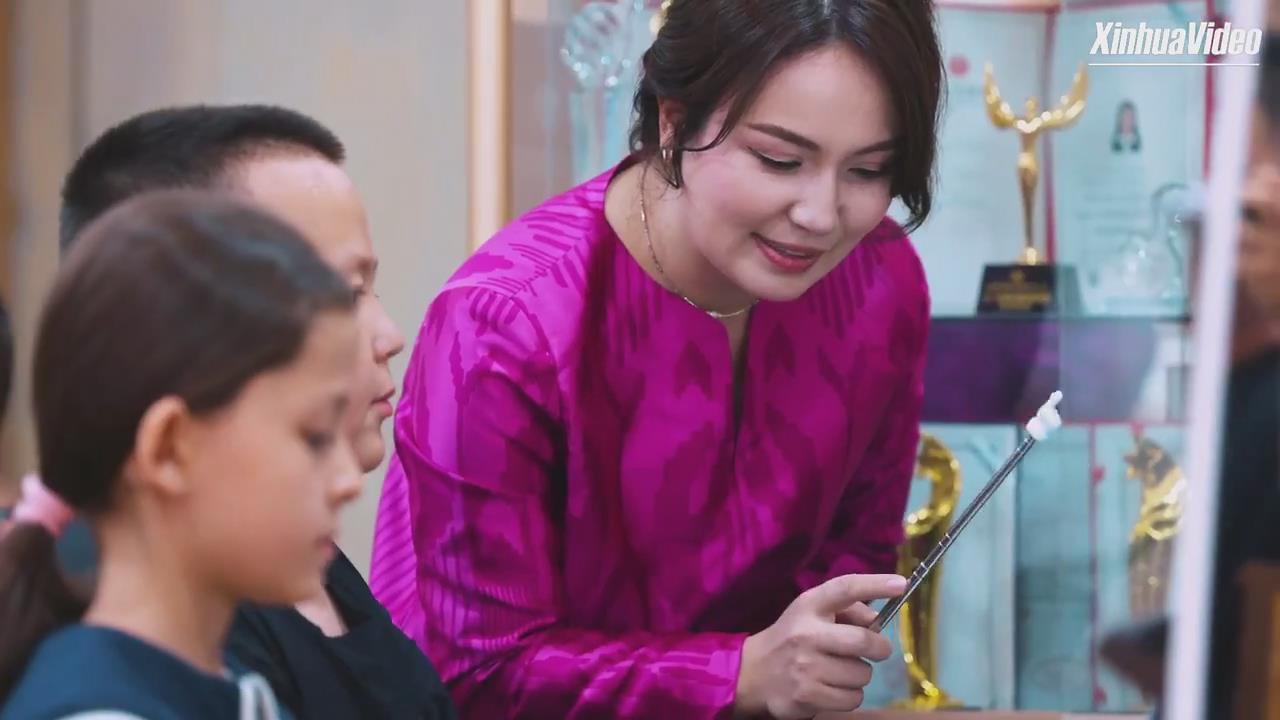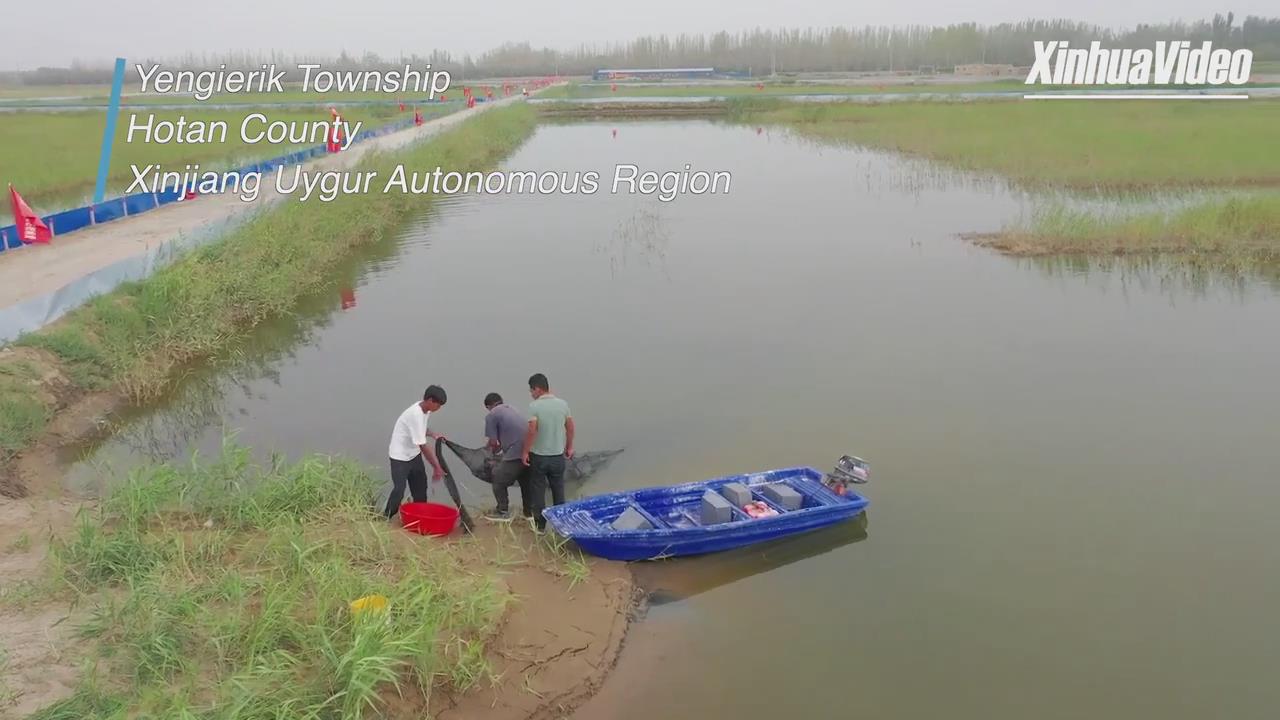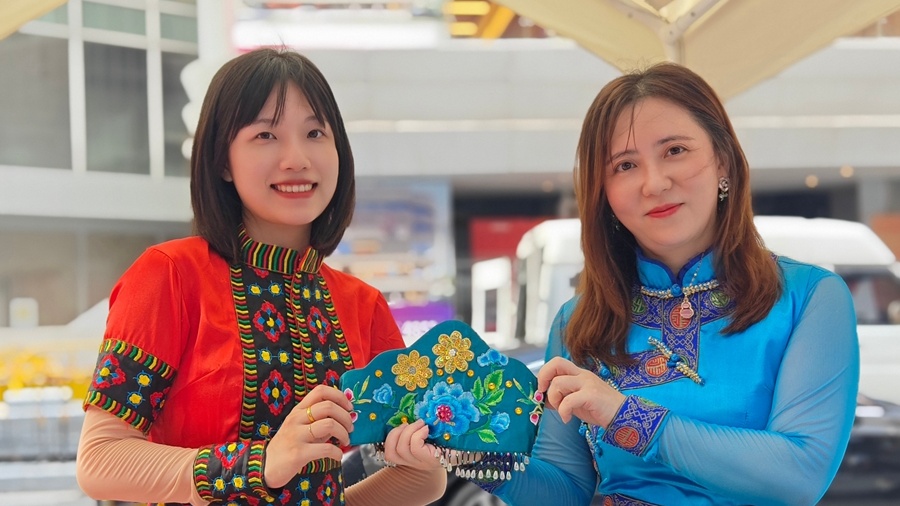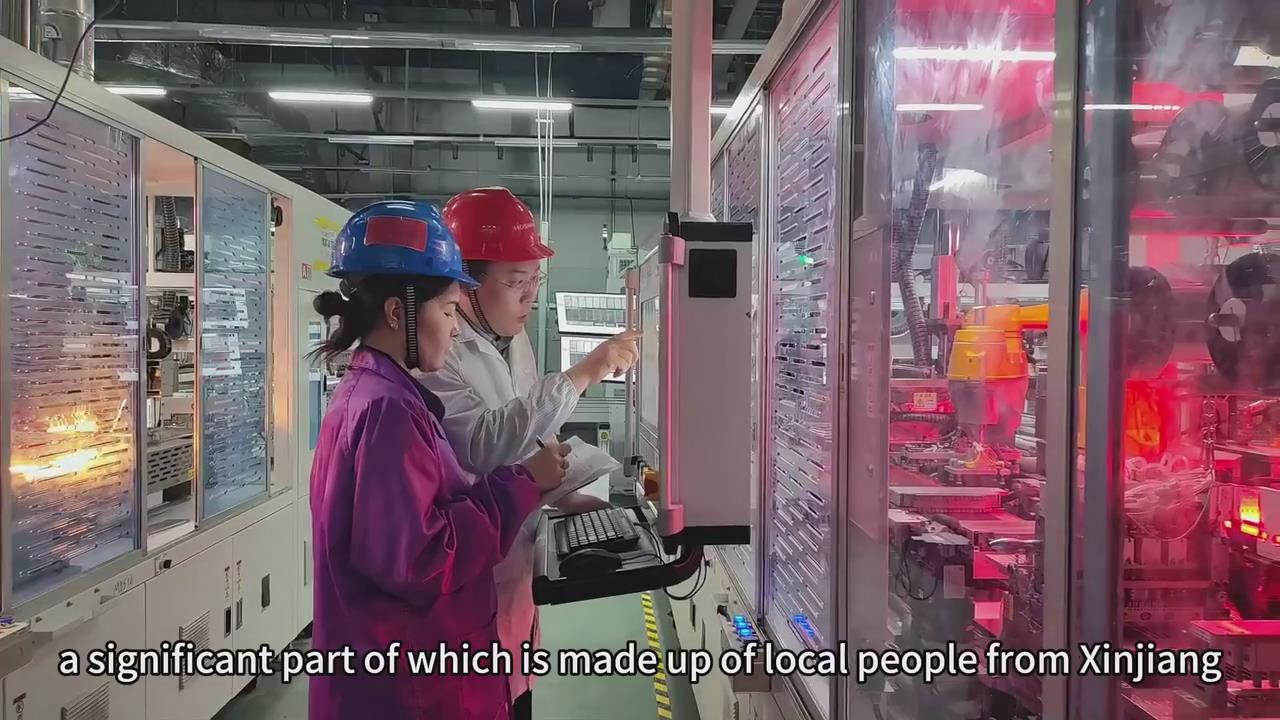Historical dwellings are getting a new lease on life as ongoing protection efforts prevail in Kuqa city, Aksu prefecture, Xinjiang Uygur autonomous region.
Construction work on a dilapidated abode in the city's Saqsaq subdistrict has been ongoing since October. The house, which was built at the beginning of the 20th century, is being restored to its original condition.
The house is embossed with traditional characters symbolizing longevity and auspicious patterns of clouds and Chinese knots, and is intended to be transformed into the foyer of a hotel.
A 10-minute bike ride away, another old vacant house is having its foundation strengthened.
Decorated with bright green, yellow and blue paintings featuring traditional designs of scrolls and flowers, it will be transformed into a theater for local folk performances, according to local authorities.
Both houses are among a large number of historical buildings that local authorities are striving to renovate across Kuqa, which was designated by the State Council, China's Cabinet, as a national historical and cultural city in 2012.
Kuqa sits in the middle of the southern foothills of the Tianshan Mountains and the northern edge of the Tarim Basin, and was an important transportation hub on the ancient Silk Road.
It was a significant political, economic, cultural and commercial center during the Han (206 BC-AD 220) and Tang (618-907) dynasties.
Many of the old houses were built around the beginning of the 20th century and had been vacant for years, since most residents had moved to newly developed regions with better housing conditions, said Zhang Bin, a local official in charge of culture and tourism.
Kuqa has seen positive development, thanks to the country putting a premium on preserving its rich culture and history and promoting them in modern life.
Last year, the city initiated the "Rescue Historical Houses Action", and local residents and craftsmen were encouraged to participate.
The project has attracted more than 150 local traditional craftsmen, and experts have been invited to offer training and on-site guidance on the renovations of the old houses, many of whose walls have collapsed and whose beams have decayed.
Comprehensive surveys, assessments and restorations of old houses with historical, artistic and scientific value have been conducted.
Experts have been asked to excavate and inherit the characteristics of local historical houses, preserve their original appearances and ultimately restore Kuqa to its traditional essence, said Li Yongge, a researcher from the Palace Museum in Beijing who has participated in the project.
The goal is to showcase Kuqa's historical charm and promote it as an example for other local historical cities, Li said.
The construction work has strictly adhered to the principles of respecting history, preserving original appearances, restoring architectural styles and preserving the historical ambience of the old houses, said He Yan, president of the Tsinghua Heritage Institute for Digitization, a company that focuses on cultural heritage digitization and protection and has provided knowledge and technological support for the project.
"Digital technology is also used to enhance the recording of the houses' original conditions and collect information about them after repairs are made," He said.
Fu Qingyuan, former chief engineer with the China Academy of Cultural Heritage, said the "Rescue Historical Houses Action" is aimed at both preserving architectural heritage and addressing the needs and sentiments of the local community.
To date, four local historical houses have been renovated over the past two years, and there are still approximately 100 waiting to be restored, Fu said.
Kuqa recently issued a historical and cultural city protection plan for 2023-35, and will continue to step up efforts to preserve the old city area and improve public welfare infrastructure.
Mahinur Ehat, a local official in Saqsaq subdistrict, said the positive changes have encouraged shop owners in the neighborhood to upgrade their services and have attracted outside businesses, including yogurt retailers.
Mahinur noted that the restoration project has been welcomed by local residents.
She still remembers how a local resident was moved to tears when an aqueduct that had been out of use for 14 years in the city's old housing cluster was recently put back into service.
"When the first round of house restorations began, some elderly residents told me that they believed they would again witness the vitality of the old regions of our city," she said.
"They volunteered to provide their knowledge about the original appearances of the houses and the (neighboring) environment."
Contact the writers at yangfeiyue@chinadaily.com.cn

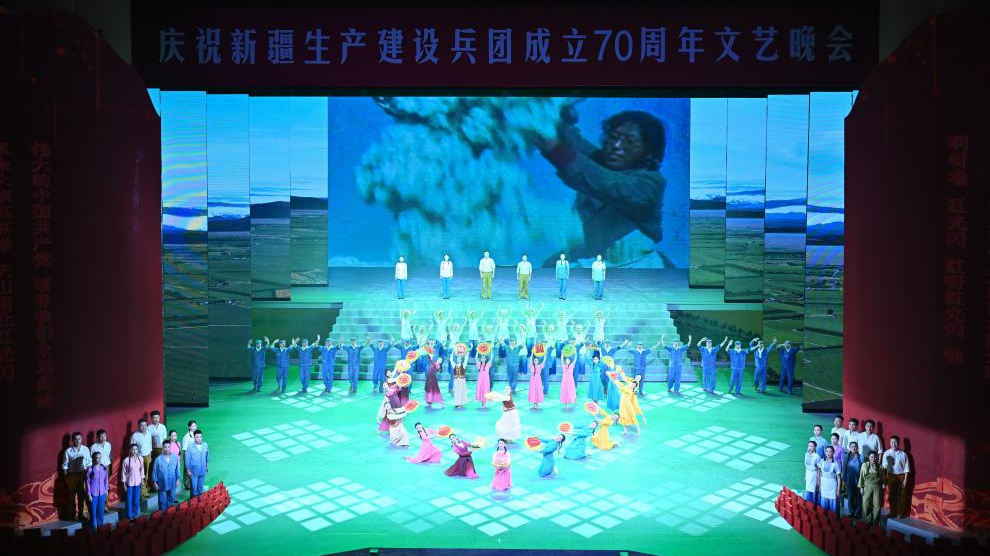




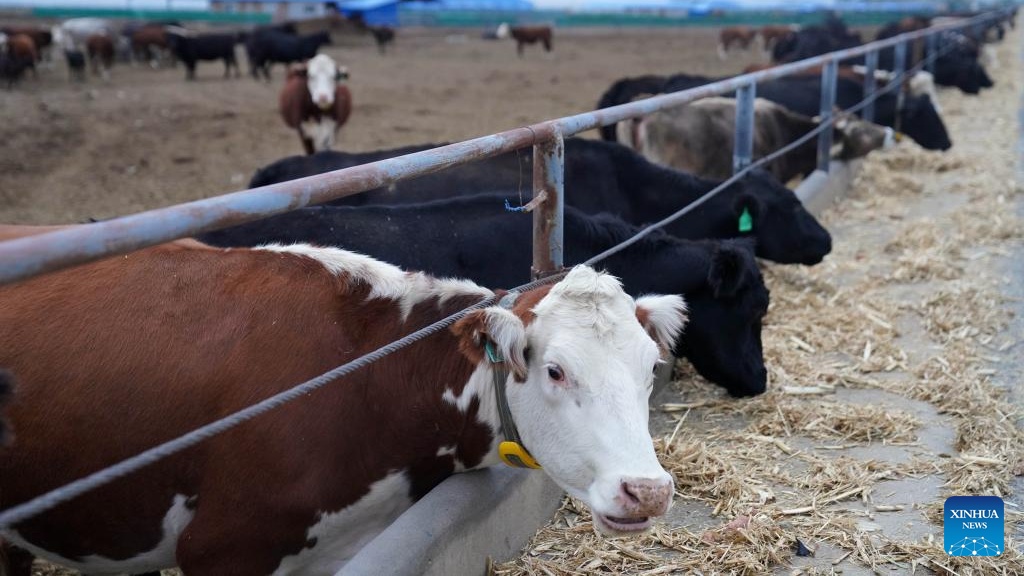
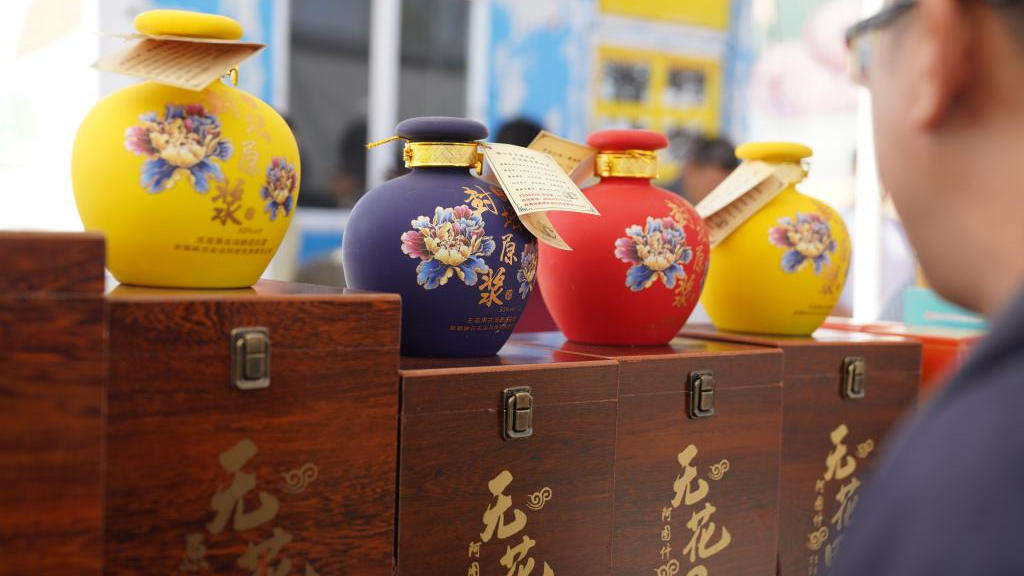
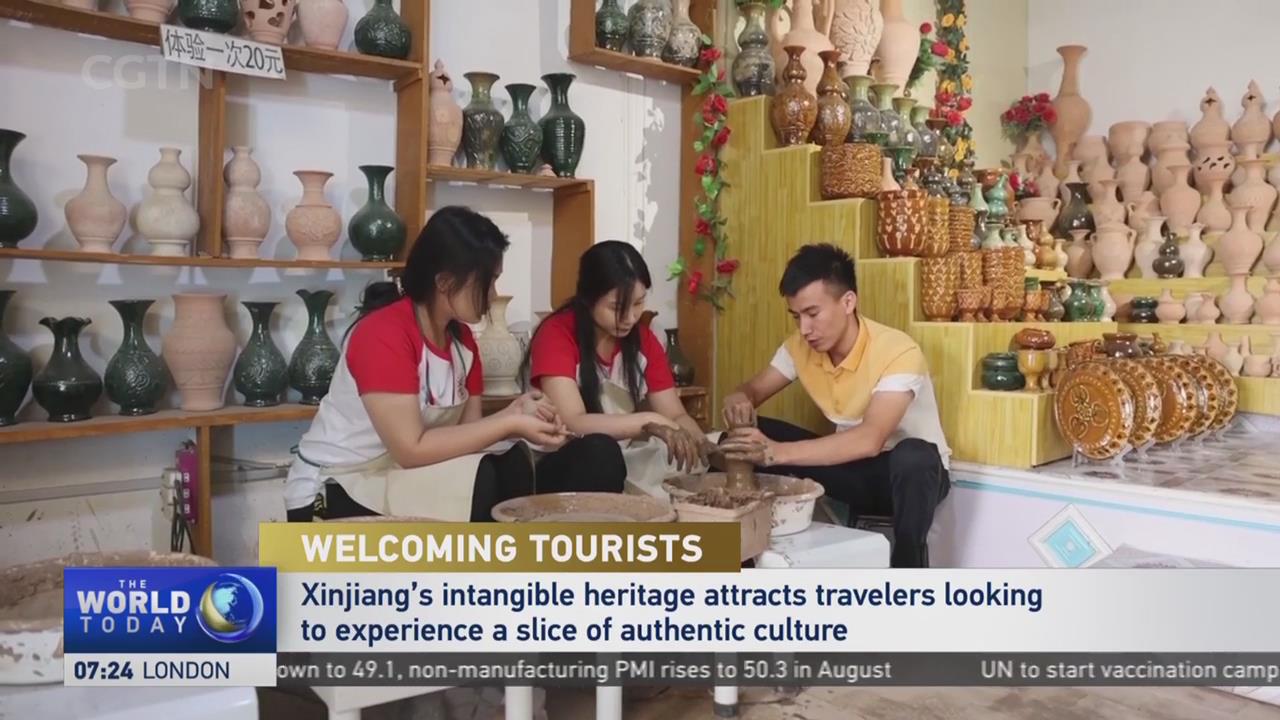
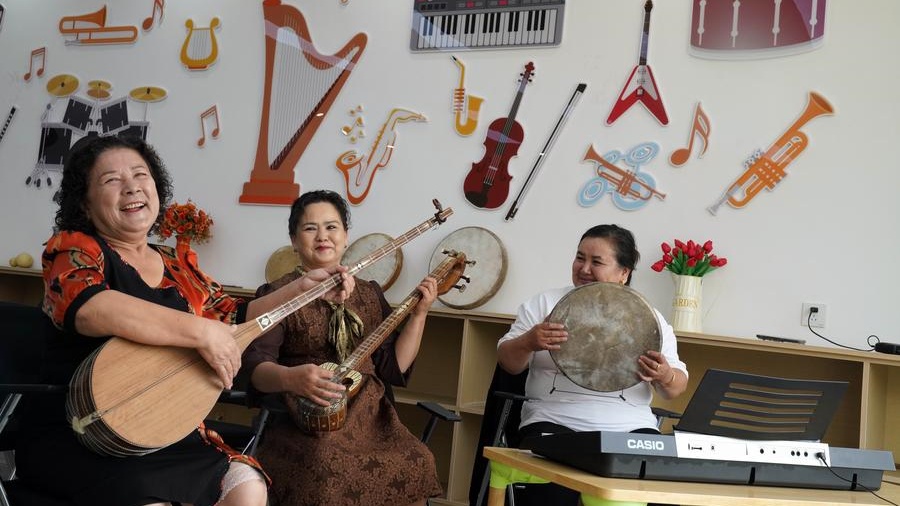
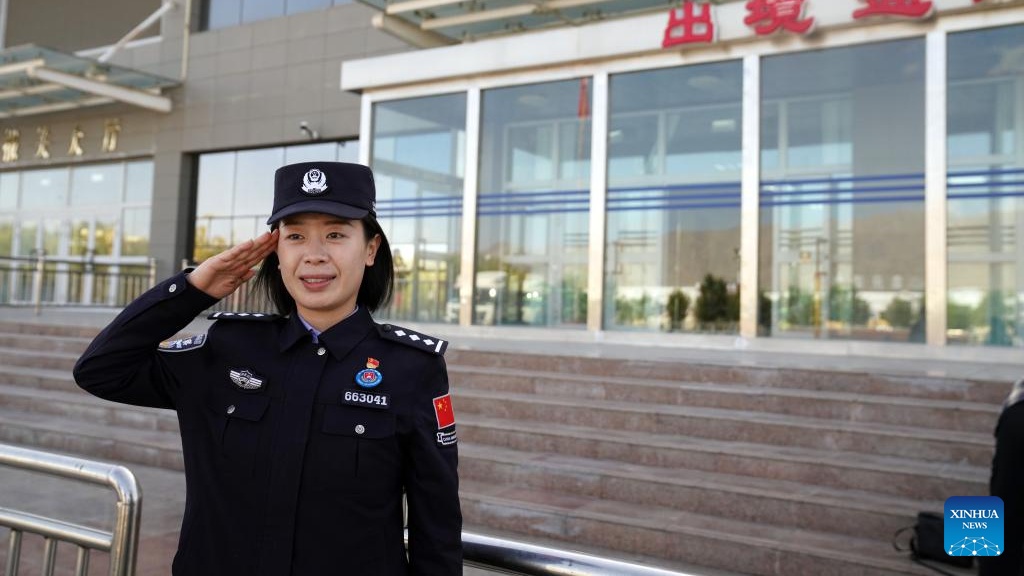

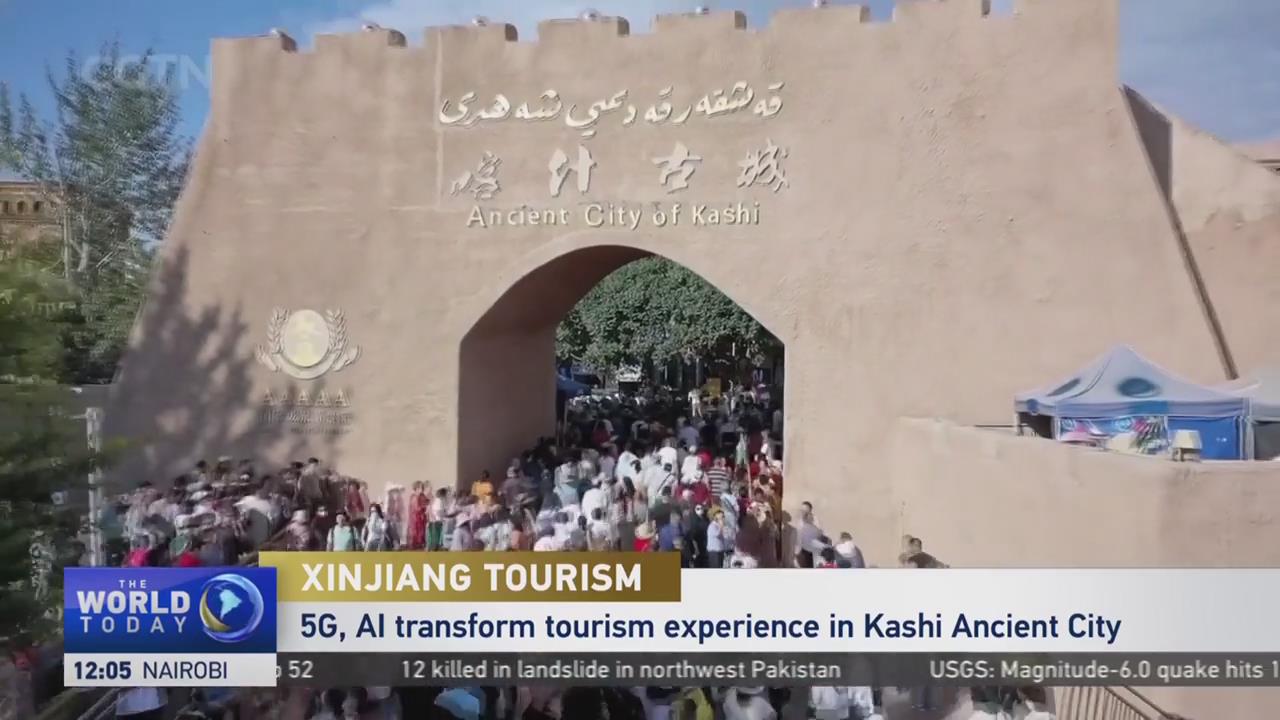


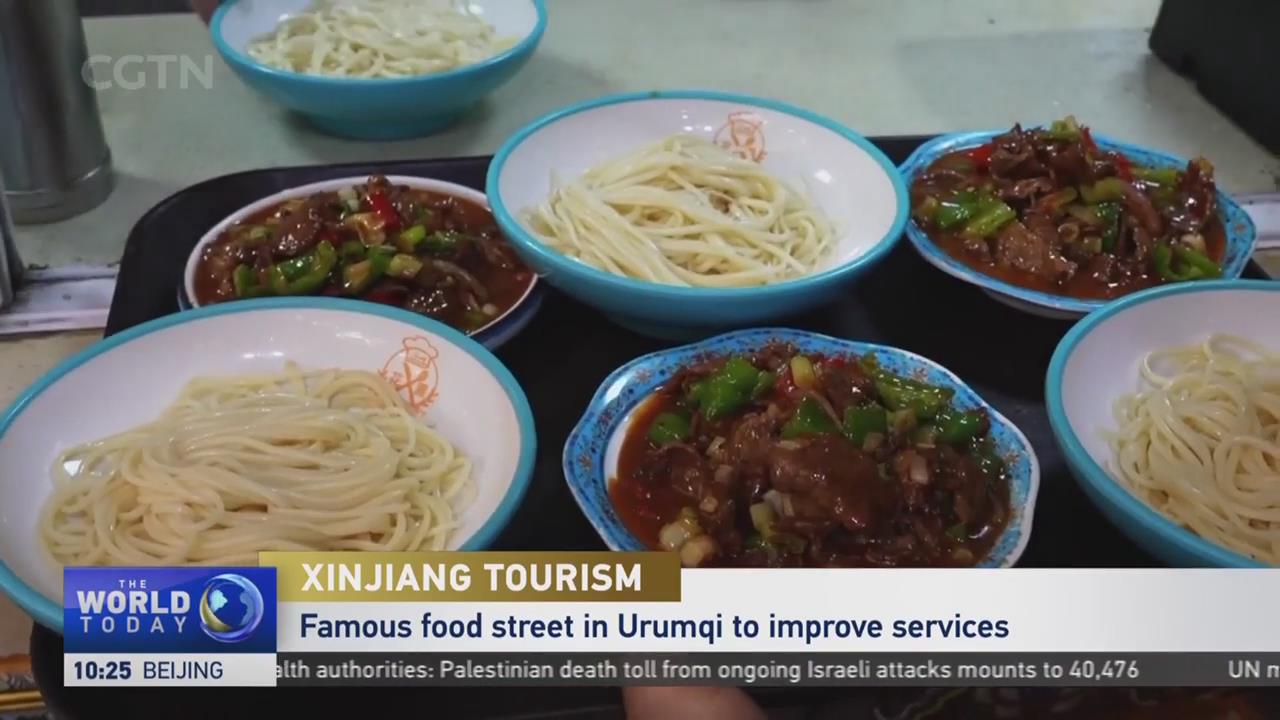






.jpg)


